Hi all, I'm trying to build a portable data acquisition system to gather readings really close to high voltage powerlines. I was hoping to get some advice on how to achieve the best noise immunity. Here's my current plan:
I have a sensor with 4 analog outputs and I was thinking of running 4 shielded twisted pair wires from the sensor to the DAQ running in differential input mode. They all share the same ground so I was wondering if running 4 separate ground wires makes sense or if it's better to just run 1 ground and do everything single-ended and not use twisted pairs? My thinking was that then each pair would pick up the same noise on its ground and reading wires and therefore would cancel the noise. In addition, I will build a Faraday cage around the DAQ. Does this seem like a good plan?
Here's the datasheets for the sensor and DAQ in case: https://aerospace.honeywell.com/en/~/media/aerospace/files/datasheet/3-axismagneticsensorhybridhmc2003_ds.pdf
http://www.ni.com/pdf/manuals/378030c_02.pdf
Thanks!


